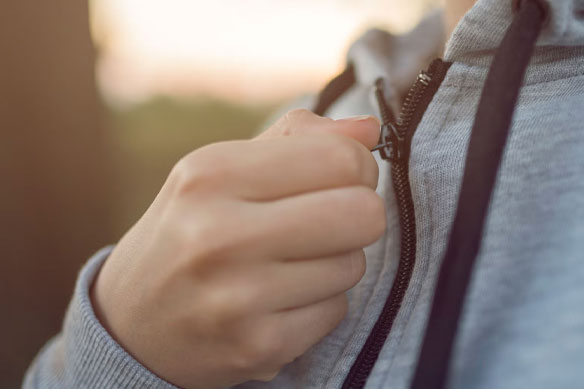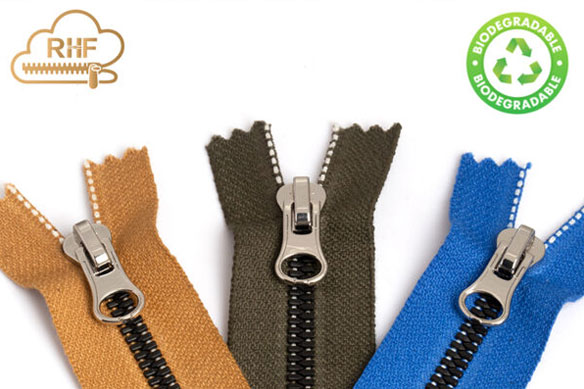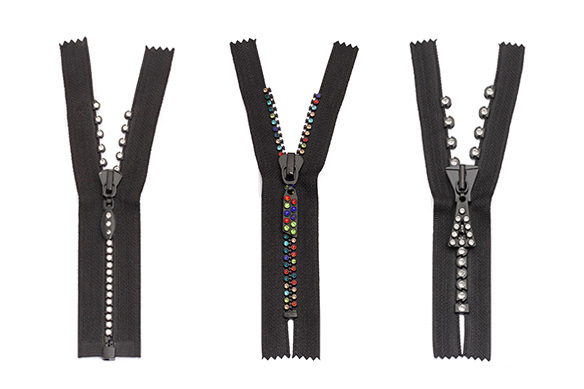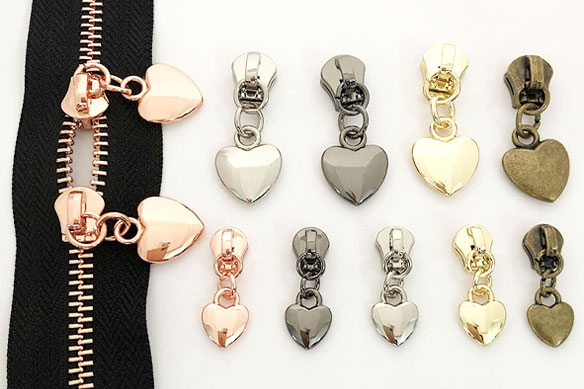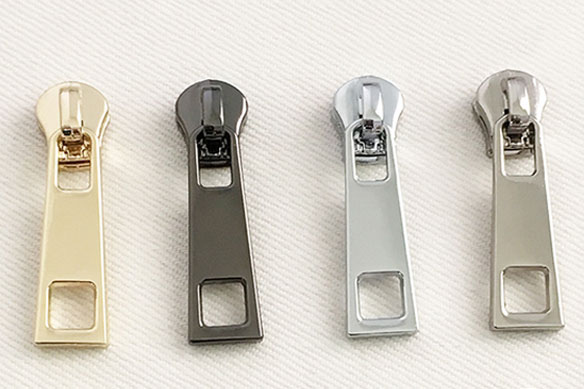When a zipper fails—gets stuck, splits, or simply refuses to move—it can disrupt the function and perception of an entire product. For brands and manufacturers working with bags, apparel, or outdoor gear, these small malfunctions often translate into returns, reputation risks, or wasted production.
Understanding the root causes and applying practical, effective fixes is crucial—whether you’re prototyping new designs or maintaining finished goods.
1. Why Zippers Malfunction—And Why It Matters
Zippers might seem like minor components, but they bear the wear and tear of everyday use. When they break or jam, users blame the product—not just the zipper.
From our experience supporting clients in fashion, luggage, outdoor gear, and technical equipment, zipper issues often arise due to:
- Improper material selection for specific use scenarios
- Accumulated dust or corrosion from outdoor exposure
- Weak slider grip or misaligned teeth under stress
In short, poor zipper performance impacts brand trust, especially in high-wear products like backpacks, ski jackets, tents, or medical bags.
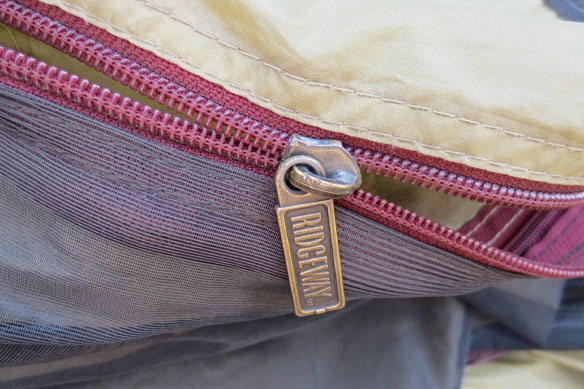
2. Most Common Zipper Problems and What Causes Them
| Issue | Typical Cause |
|---|---|
| Zipper gets stuck | Dirt, corrosion, or tight slider-to-teeth contact |
| Zipper won’t stay closed | Worn or loose slider grip |
| Slider falls off | Broken top stop or low-quality slider |
| Teeth misalignment | Excessive pulling, fabric caught in zipper path |
| Rust or stiffness | Moisture or salt exposure in outdoor environments |
Understanding the cause helps determine whether a repair is possible or if replacement is the better option—especially in production and product maintenance stages.
3. Practical Fixes: How to Solve Zipper Problems Efficiently 🔧
Zippers are small components, but when they stop working, they can cause big problems—especially in bags, jackets, and outdoor gear. Fortunately, many common zipper issues can be fixed with a few simple tools and techniques.
🧼 3.1 Start with Cleaning
Before trying any repairs, make sure the zipper is clean. Dirt, grit, or dried salt (especially in outdoor or coastal environments) can cause friction or block the slider.
- Use a soft brush (like an old toothbrush) and warm soapy water to gently scrub the teeth.
- Rinse and dry completely before moving on.
- For outdoor gear, always clean zippers after exposure to sand, mud, or moisture.
(Sources: ZipperStation.co.uk, Janome Sewing Centre)
🛠 3.2 Easy Lubrication Fixes
If your zipper is clean but still hard to move, applying the right lubricant can help. Here are several tried-and-true options:
- Zipper Lubricant Stick (e.g., Zipper Ease)
Designed specifically for zippers. Safe on fabric and works on both plastic and metal. - Graphite Pencil or Dry Graphite Powder
A quick fix: just rub the pencil tip along the teeth and pull the slider back and forth to distribute it. - Plain Soap, Beeswax, or Candle Wax
Rub gently along the teeth, then pull the zipper through to spread the wax evenly. - Silicone Spray or Teflon Dry Lube
Excellent for outdoor gear, tents, and waterproof zippers. Just make sure to cover the surrounding fabric. - Petroleum Jelly or ChapStick (Emergency Use)
Not ideal for all fabrics but can help in a pinch—especially for metal zippers on bags or tool cases.
([Sources: Zippershipper.com, Reddit, BackpackingLight, MetaFilter])
🔧 3.3 Fixing or Replacing the Zipper Slider
If the slider won’t grip or the zipper separates:
- Use a pair of pliers to gently squeeze the slider from both sides. Be careful not to over-tighten or damage the teeth.
- This method often works when a zipper opens behind the slider or won’t stay closed.
If the slider is broken or falls off:
- You can install a new one using a zipper repair kit. These kits usually include replacement sliders and top stops.
- Remove the top stop, slide the new slider on, then clamp a new stop in place.
([Sources: iFixit, GearAid, Reddit Sewing Threads])
⚠️ 3.4 If the Zipper Is Jammed or Won’t Move
If the zipper is completely stuck:
- Never force it. That often makes the problem worse.
- Apply lubricant first, then gently wiggle the slider back and forth.
- If fabric is caught, use tweezers or a pin to loosen it before moving the slider.
These steps are especially useful for outdoor zippers exposed to moisture or freezing temperatures.
💡 3.5 Real-World Tips from Users
“Use chapstick or another lubricant on it and gently pull it up and down to free it.” – u/Blondetini
“Graphite from a pencil point works every time.” – Reddit community tip
Quick, no-tools-required tricks like these are often the easiest solutions in urgent situations, especially during travel or outdoor use.
✅ 3.6 Summary Table
| Zipper Issue | Quick Solution |
|---|---|
| Stuck zipper | Clean + apply lubricant + gentle pull |
| Slider won’t grip | Gently pinch with pliers to tighten |
| Slider fell off | Use a zipper repair kit to replace it |
| Teeth misaligned | Realign carefully; may require new slider |
These practical solutions work for most everyday zipper problems. For manufacturers or designers, repeated zipper failures can often be prevented with better material selection or improved slider design—something to keep in mind during product development or sourcing.
4. Choosing the Right Zipper for the Right Product
Prevention starts in the design and sourcing stage. Based on customer use cases, here’s how we typically guide our clients:
| Product Type | Recommended Zipper Type |
|---|---|
| Travel bags | Nylon or molded plastic zippers (lightweight + durable) |
| Jackets | Metal zippers for style; nylon coil for flexibility |
| Outdoor gear | Waterproof zippers with TPU coating; anti-corrosive finishes |
| Tents/sportswear | High-strength, rust-resistant zippers with smooth operation |
| Furniture/mattresses | Strong plastic or nylon zippers with hidden installation |
Choosing the right slider, tape, and teeth material—backed by compliance like OEKO-TEX or GRS—can reduce repair rates and enhance end-user satisfaction.
5. How Design and Production Teams Can Prevent Future Failures
For product developers, avoiding zipper issues means:
- Working with a reliable zipper supplier: One that provides material specs, sampling support, and QC reporting.
- Understanding usage environment: For instance, a fashion bag may prioritize aesthetics, while an alpine backpack requires stress-tested, waterproof zippers.
- Planning for small-batch customization: Especially if your brand handles seasonal or limited collections. A supplier that supports flexible MOQs can reduce sourcing delays and cost waste.
At RHF Zipper, many clients come to us after facing recurring issues from previous generic suppliers—especially around slider inconsistency, delayed custom sampling, or difficulty sourcing compliant eco-zippers for international distribution.
6. Conclusion: Zippers Deserve More Attention Than You Think
A malfunctioning zipper is more than a product flaw—it reflects on quality, reliability, and trust. For consumer brands, outdoor gear producers, and apparel manufacturers, preventing zipper problems is a combination of:
- smart design decisions,
- proper usage-based zipper selection,
- and knowing how to fix minor issues before they become major ones.
Whether you’re refining a prototype, reviewing supplier performance, or dealing with end-user complaints—understanding zipper mechanics and repair methods is a small investment that pays off in long-term quality and customer satisfaction.

